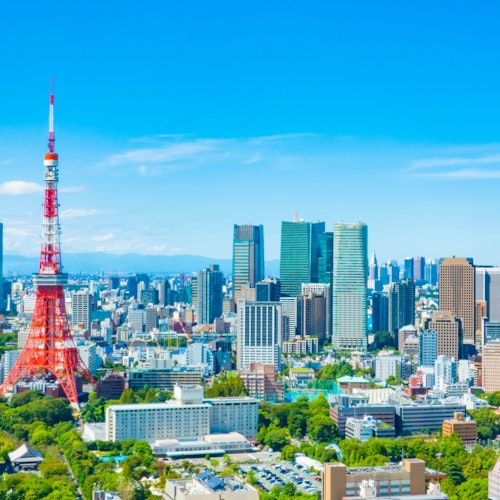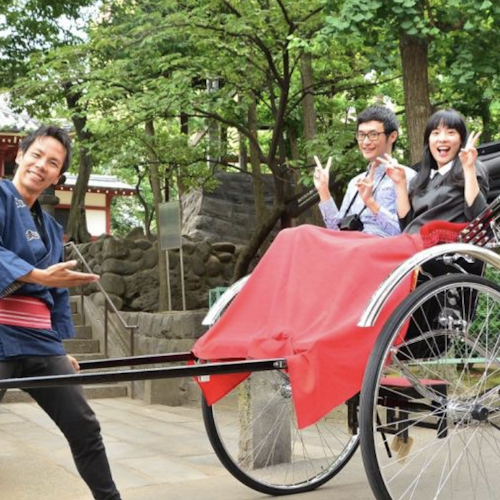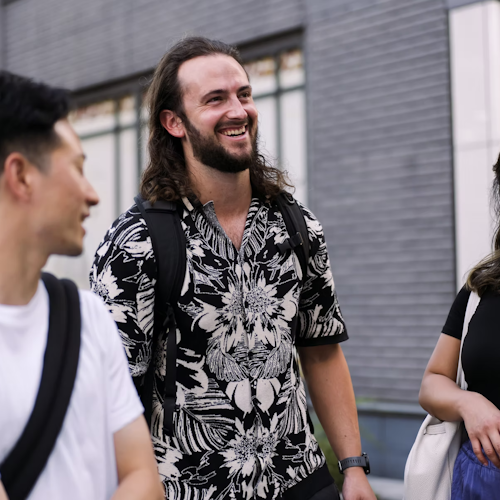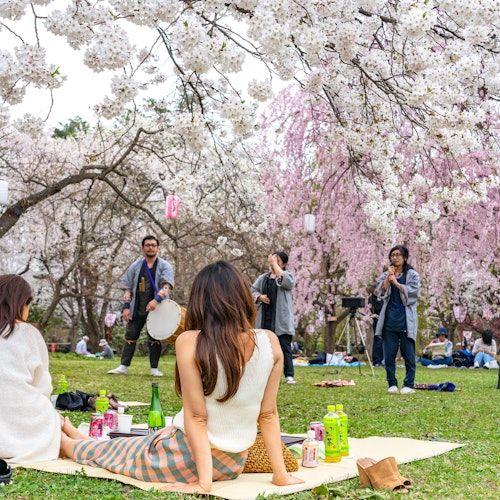
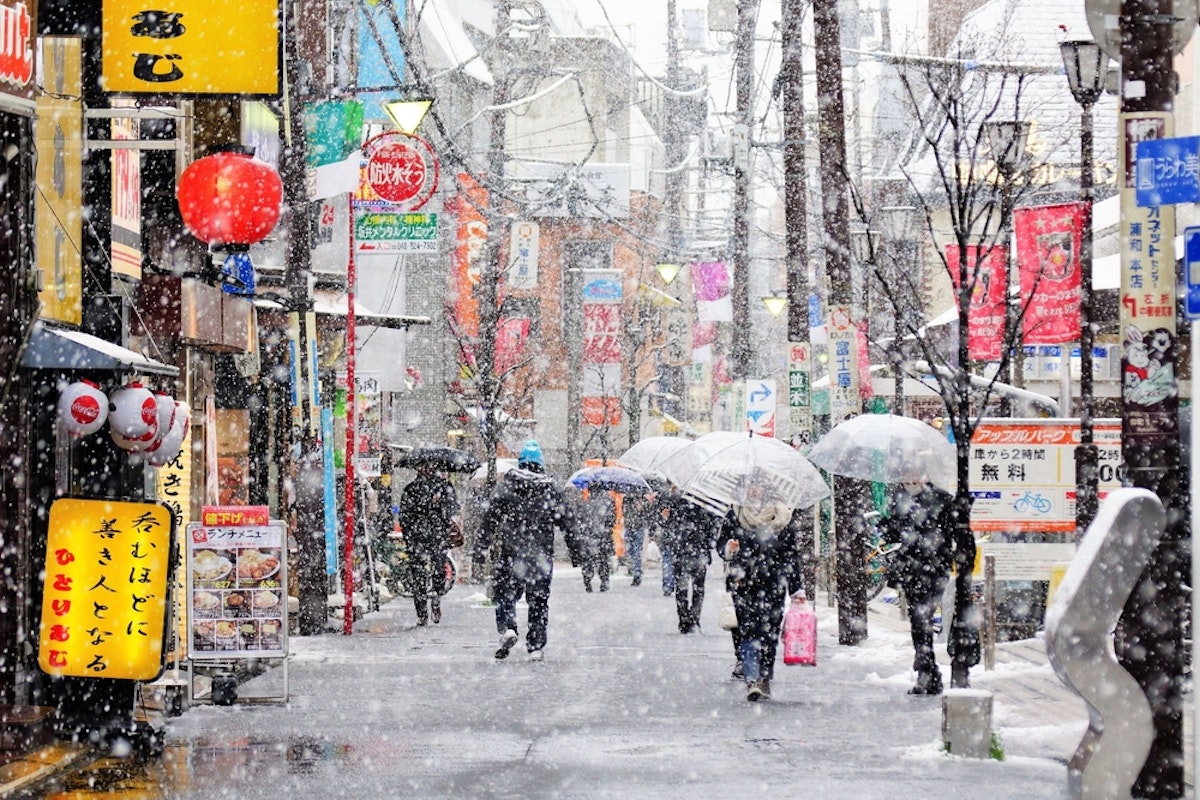
Tokyo, the vibrant capital of Japan, offers a unique charm during winter that is unlike any other season. The city transforms into a wintry wonderland, where the crisp air is filled with the scent of seasonal treats and streets are adorned with twinkling lights.
From traditional festivals to modern attractions, Tokyo in winter presents an array of experiences that captivate both locals and tourists alike. This guide aims to highlight the best of what this cosmopolitan city has to offer in the chilly season.
The Oji Fox Parade is a unique New Year's Eve festival steeped in local folklore. The event is based on a legend about foxes gathering at the Oji Inari Shrine, dressed as humans. Today, participants don fox masks and costumes and parade through the streets leading up to the shrine. The sight of the procession, illuminated by torchlight, is truly enchanting.
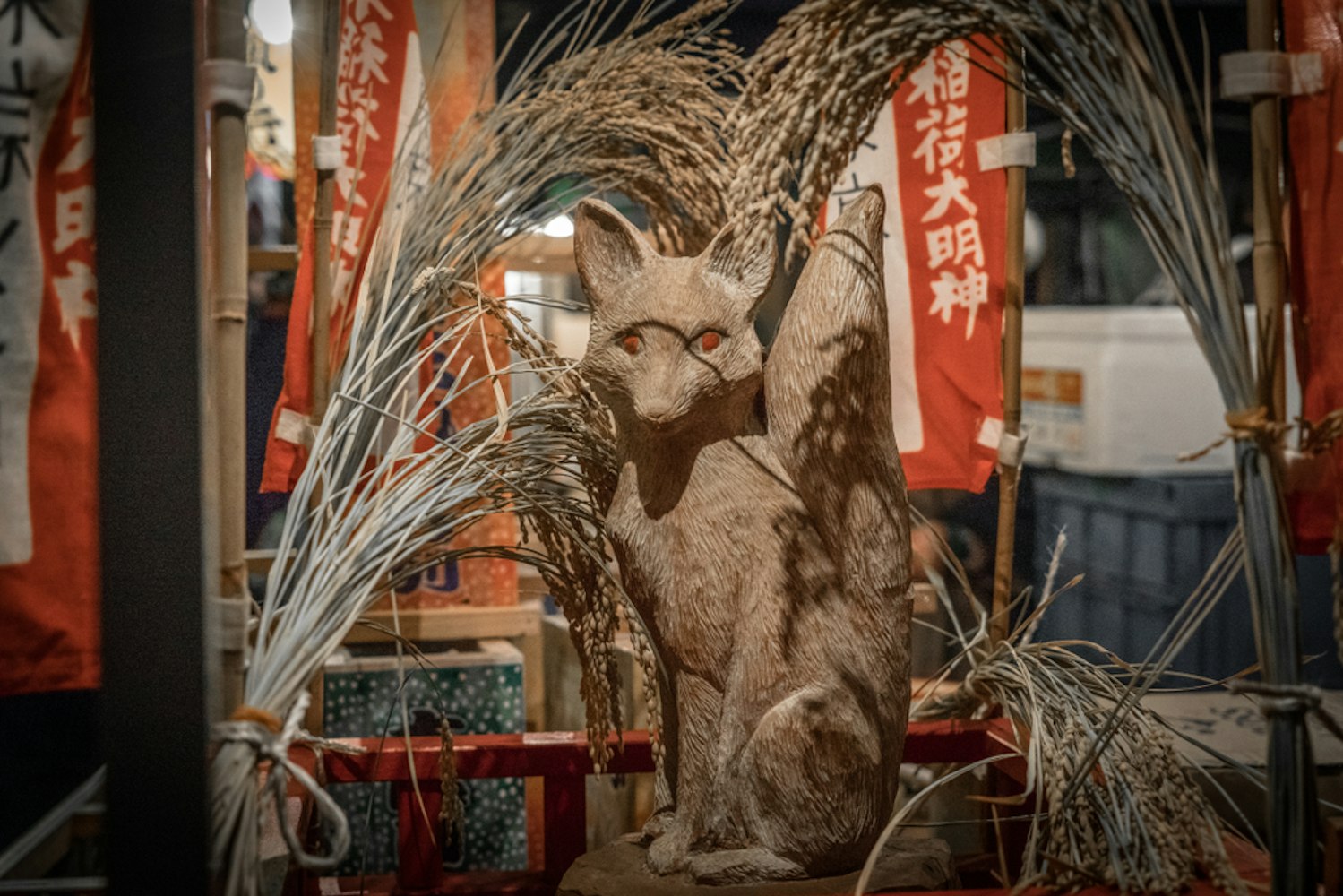
The Oji Fox Parade is more than just a visual spectacle; it offers a deep dive into Japanese traditions and mythology. Attendees can enjoy traditional music, sample local delicacies, and even don fox costumes themselves. It's a charming and mystical way to bid farewell to the old year and welcome the new one.
Location: Oji Inari-jinja Shrine, Kita-ku, Tokyo.
Date: Held annually on December 31st.
How to Get There: From central Tokyo, take the Tokyo Metro Namboku Line directly to Oji Station. After exiting the station, it's a brief 5 to 10-minute walk to the Oji Inari-jinja Shrine.
The Tori-no-Ichi Fair is a traditional event held in November at various shrines across Tokyo. This festival, which falls on the days of the Rooster according to the Chinese zodiac, is believed to bring good luck and business prosperity. The highlight of the fair is the sale of decorative bamboo rakes (kumade), adorned with symbols of luck and wealth, which are said to 'rake in' fortune.
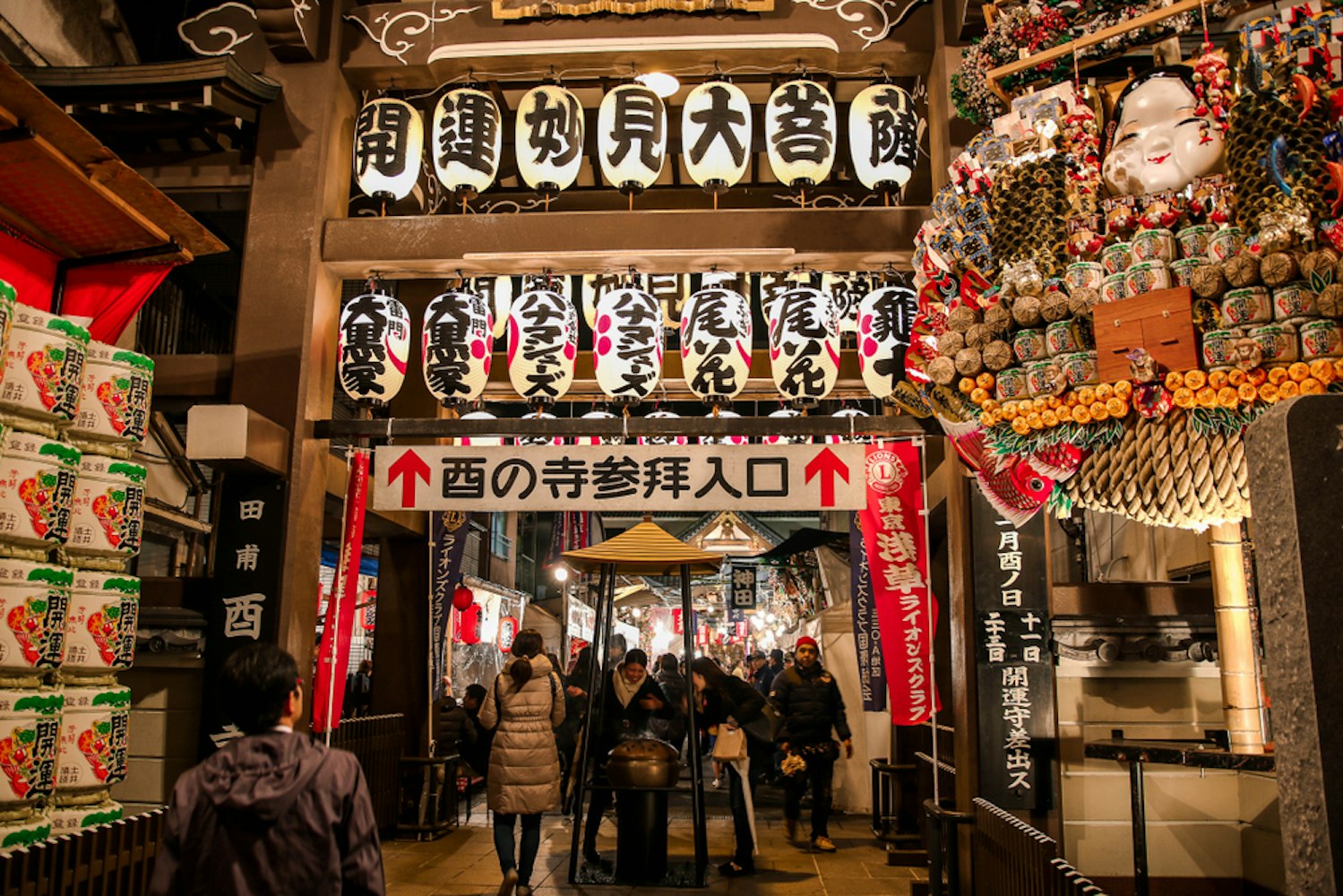
The fair offers a lively market atmosphere, with stalls selling kumade, traditional foods, and other goods. Live performances of folk music and dance add to the vibrant ambiance. Whether you're seeking a unique souvenir or a taste of traditional Japanese street food, the Tori-no-Ichi Fair is a must-visit.
Location: Otori Shrine and multiple locations in Asakusa, Tokyo.
Date: Held in November on specific days (Tori-no-Hi) according to the lunar calendar.
How to Get There: The fair is accessible from Asakusa, which is well connected by Tokyo's subway network. Take the Tokyo Metro Ginza Line or the Toei Asakusa Line to Asakusa Station. From there, it's a short walk to the various shrine locations hosting the fair, including Otori Shrine.
The Bunkyo Plum Festival is a celebration of the arrival of spring, held from early February to early March at the Yushima Tenjin Shrine. The shrine grounds are home to about 300 plum trees, which burst into bloom during this period, filling the air with their sweet fragrance.
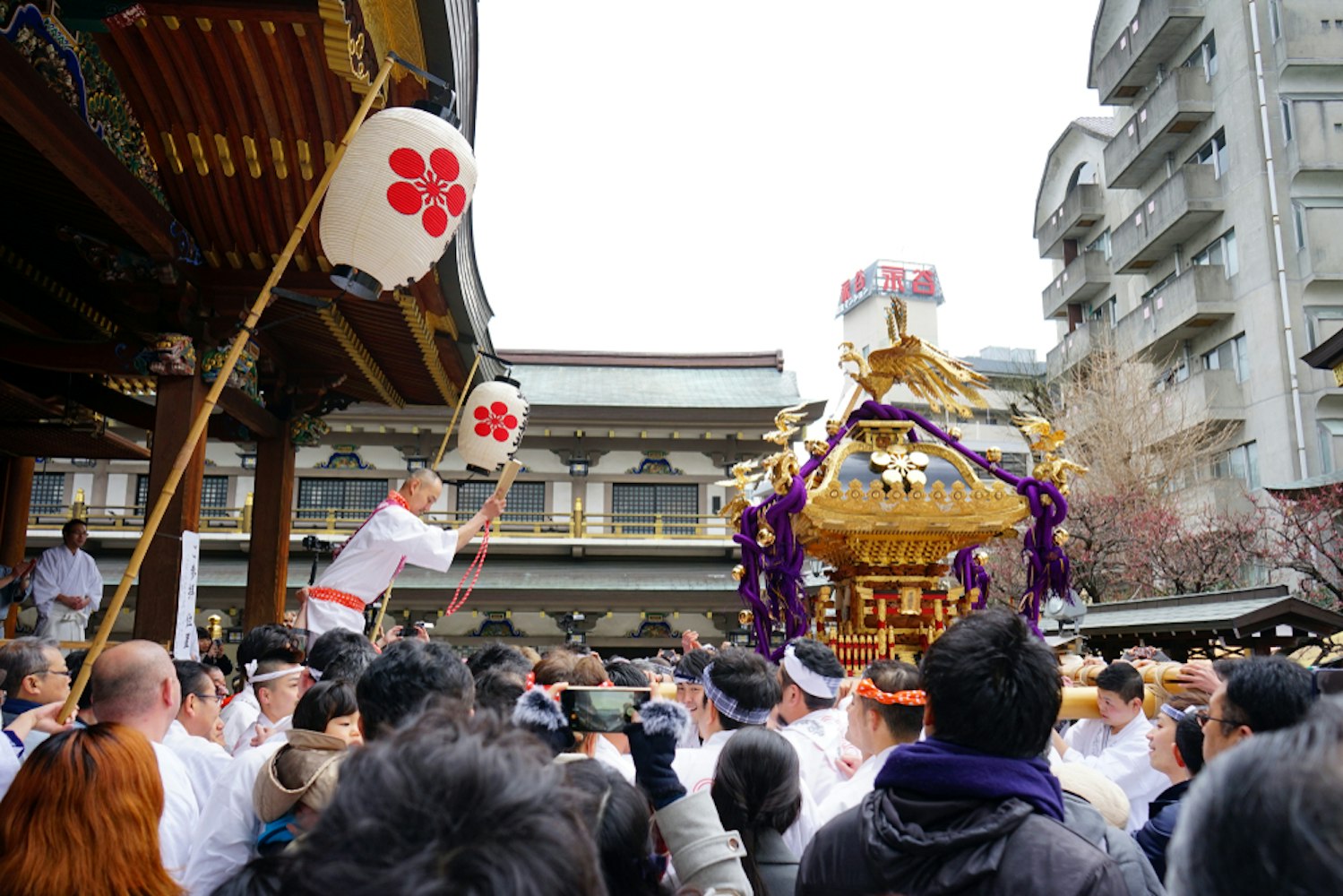
Visitors can stroll through the gardens, admire the beautiful blossoms, and participate in cultural events. Traditional tea ceremonies, concerts, and poetry readings are among the activities that take place during the festival. The Bunkyo Plum Festival is a serene and picturesque event that offers a refreshing break from the hustle and bustle of city life.
Location: Yushima Tenjin Shrine, Bunkyo-ku, Tokyo.
Date: Typically held from mid-February to early March.
How to Get There: Yushima Tenjin Shrine is near several subway stations. The most convenient is Yushima Station on the Chiyoda Line and Ueno-hirokoji Station on the Ginza Line. From either station, it's about a 5-minute walk to the shrine.
The Hagoita-Ichi Fair is a colorful event held in mid-December at the Senso-ji Temple in Asakusa. The fair features stalls selling hagoita (decorative wooden paddles used in a traditional New Year's game called hanetsuki) and other New Year's decorations. These paddles are often beautifully decorated with images of popular kabuki actors, sports figures, and other celebrities.
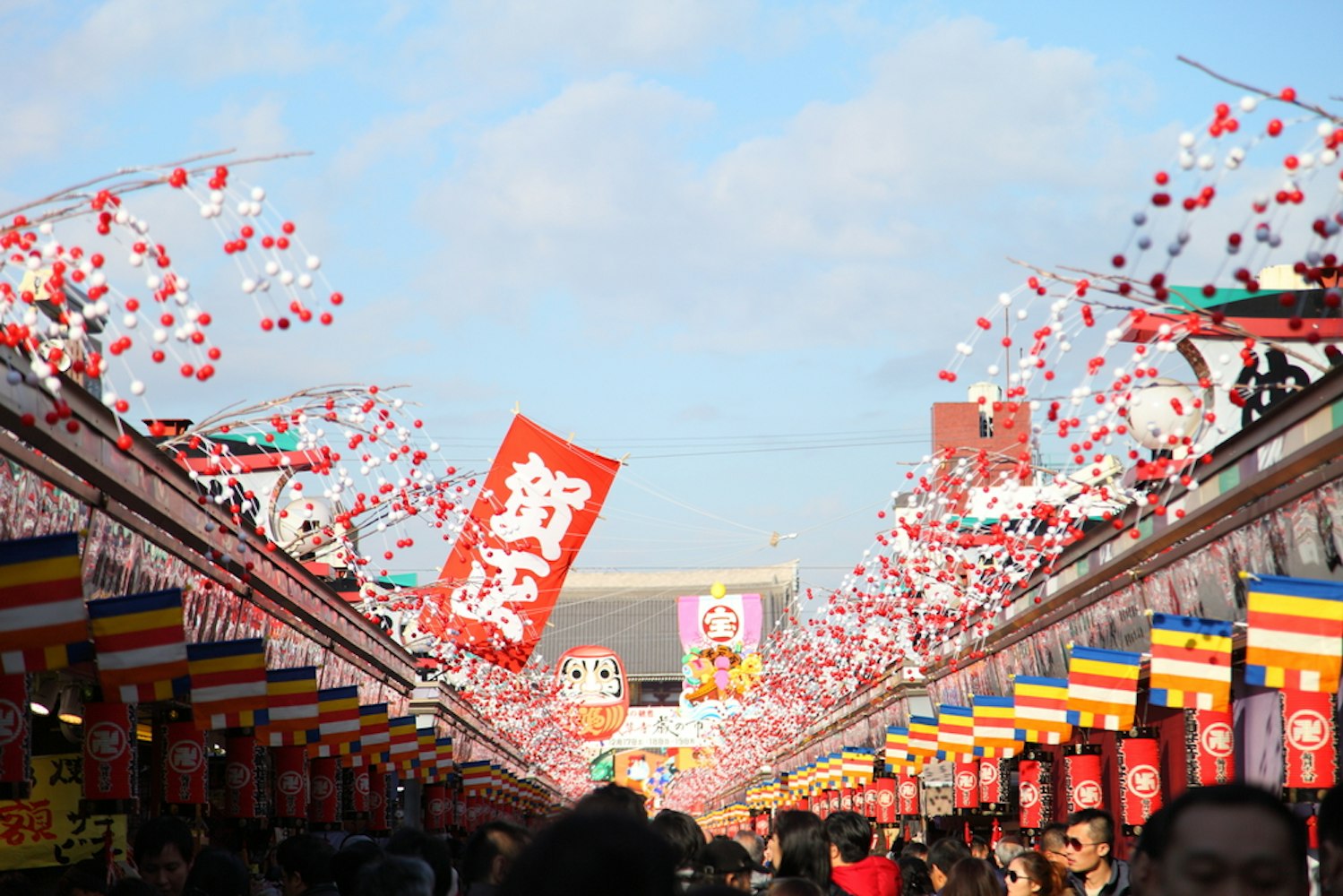
The fair is not only a shopping opportunity but also a chance to experience Japanese traditions and customs. With its lively atmosphere, the Hagoita-Ichi Fair at Senso-ji Temple is a fun and festive way to experience winter in Tokyo.
Exact Location: 2 Chome-3-1 Asakusa, Taito City, Tokyo 111-0032, Japan
Date: Held annually from December 17th to 19th.
How to Get There: Take the Tokyo Metro Ginza Line or the Toei Asakusa Line to Asakusa Station. Exit the station and follow the signs leading to Senso-ji Temple, which is a short walk away through the famous Nakamise Shopping Street.
The Tokyo Dome City Winter Illumination is a highly anticipated annual event that runs from November to February. Featuring millions of LED lights, the event turns the area into a mesmerizing landscape of vibrant colors and patterns. The theme changes every year, providing a fresh and unique experience each time.
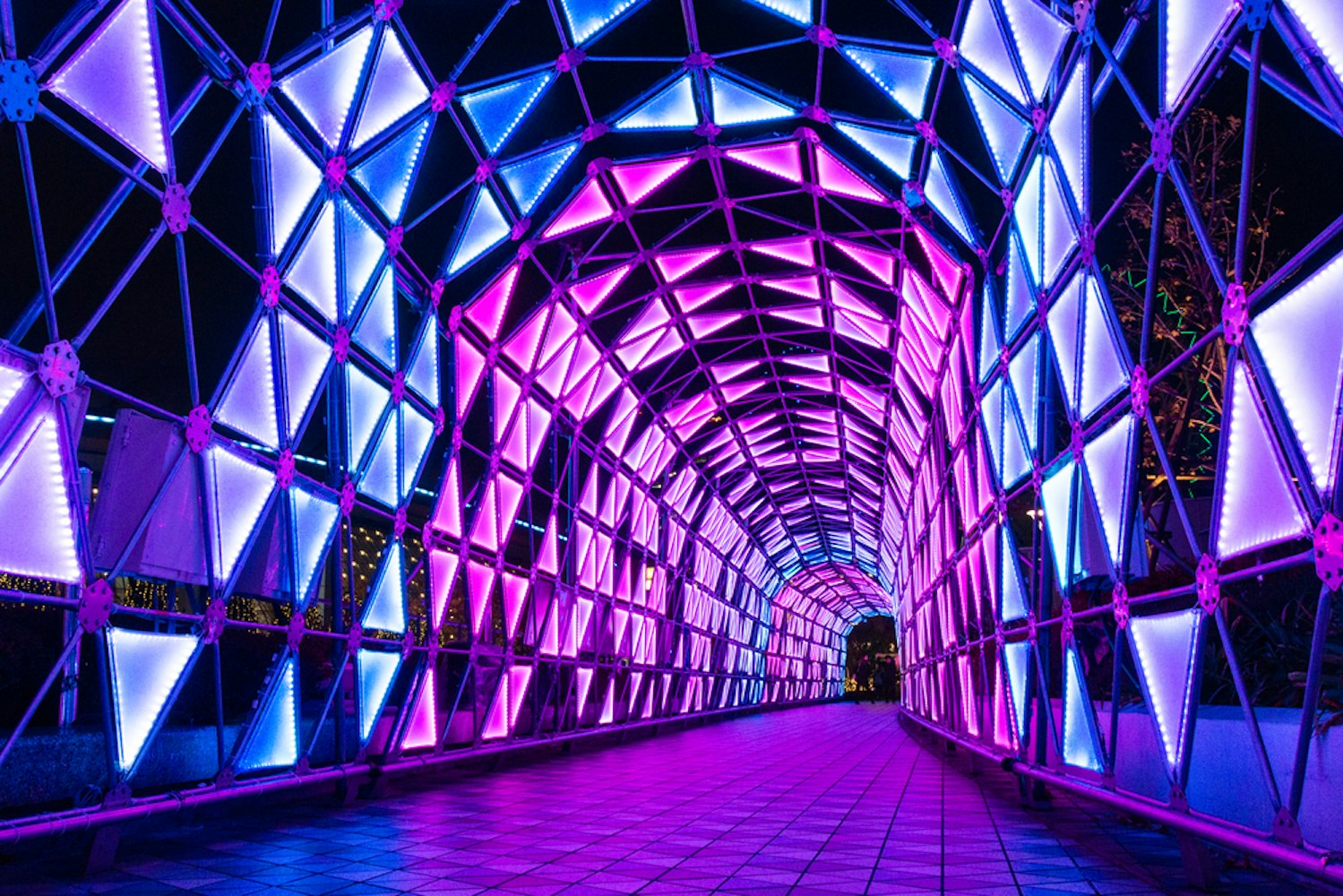
In addition to the stunning light display, visitors can enjoy a festive market where they can indulge in holiday shopping while basking in the glow of the illuminations. Whether you're seeking a romantic evening out or a fun family outing, the Tokyo Dome City Winter Illumination offers a memorable experience for all.
The Marunouchi district, located near Tokyo Station, hosts an annual illumination event that attracts crowds with its elegant champagne-colored LED lights. The main street, Marunouchi Naka-dori, transforms into a stunning tunnel of light, creating a romantic and serene atmosphere.
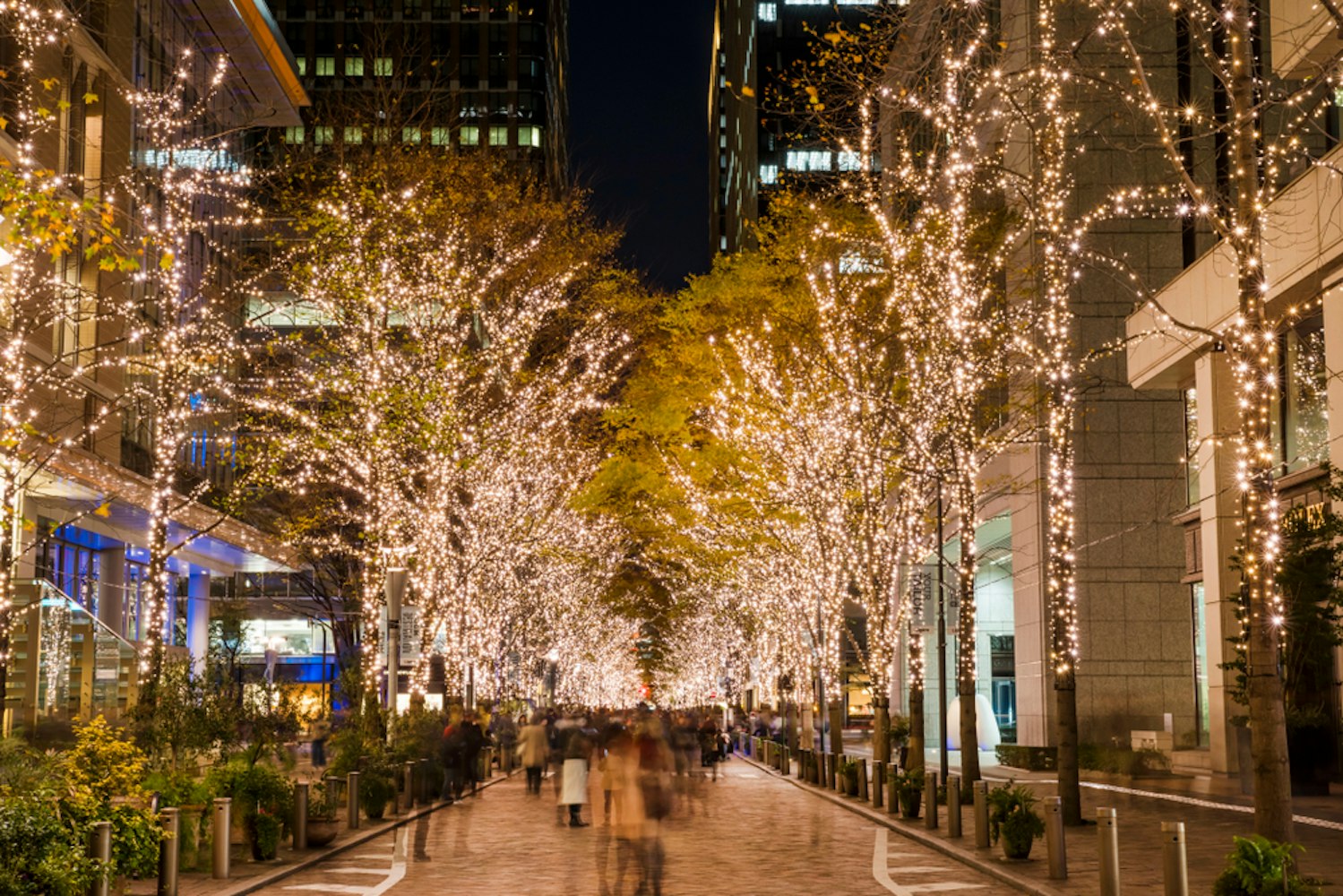
This eco-friendly event uses low-energy bulbs, aligning with the district's commitment to sustainability. Running from mid-November until mid-February, the Marunouchi Illumination is a must-visit for anyone looking to experience the charm of Tokyo's winter season.
Roppongi Hills takes the holiday season to a new level with its Artelligent Christmas event. This annual celebration combines art and intelligence to create a unique and mesmerizing light show. The event features a variety of installations, including a giant Christmas tree and an impressive illumination display.
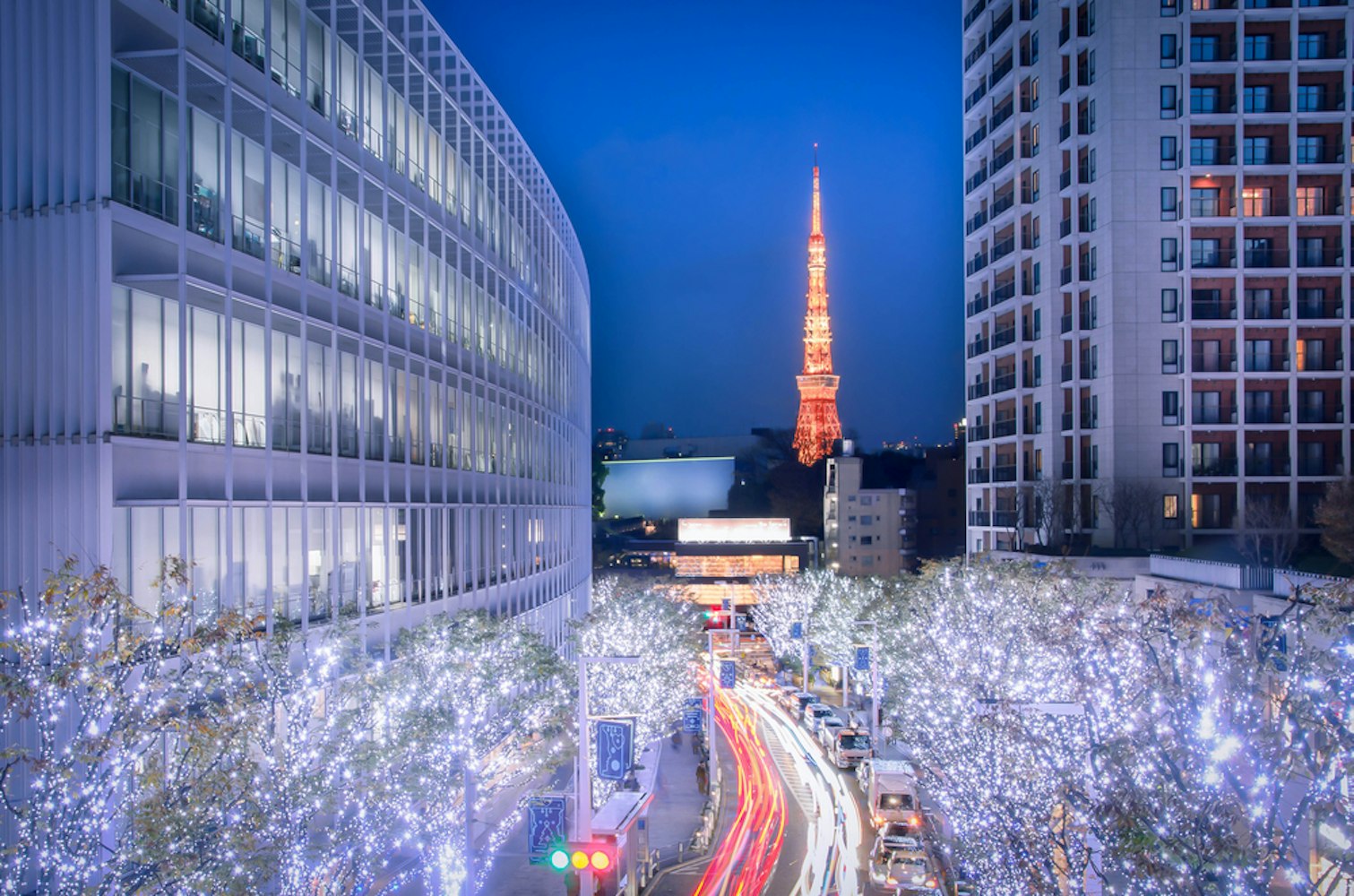
Artelligent Christmas also hosts live performances and workshops, adding to the festive spirit. The combination of innovative technology and artistic design makes this event a standout among Tokyo's myriad of winter illuminations.
Caretta Shiodome is known for its annual illumination event, which features a stunning light and music show. The theme changes each year, with past displays inspired by popular movies and fairy tales. The event is held from mid-November to mid-February, lighting up the winter nights with its dazzling display.
In addition to the main illumination, Caretta Shiodome also offers a variety of festive activities and attractions. From shopping and dining to special events and performances, there's plenty to enjoy at this spectacular winter event.
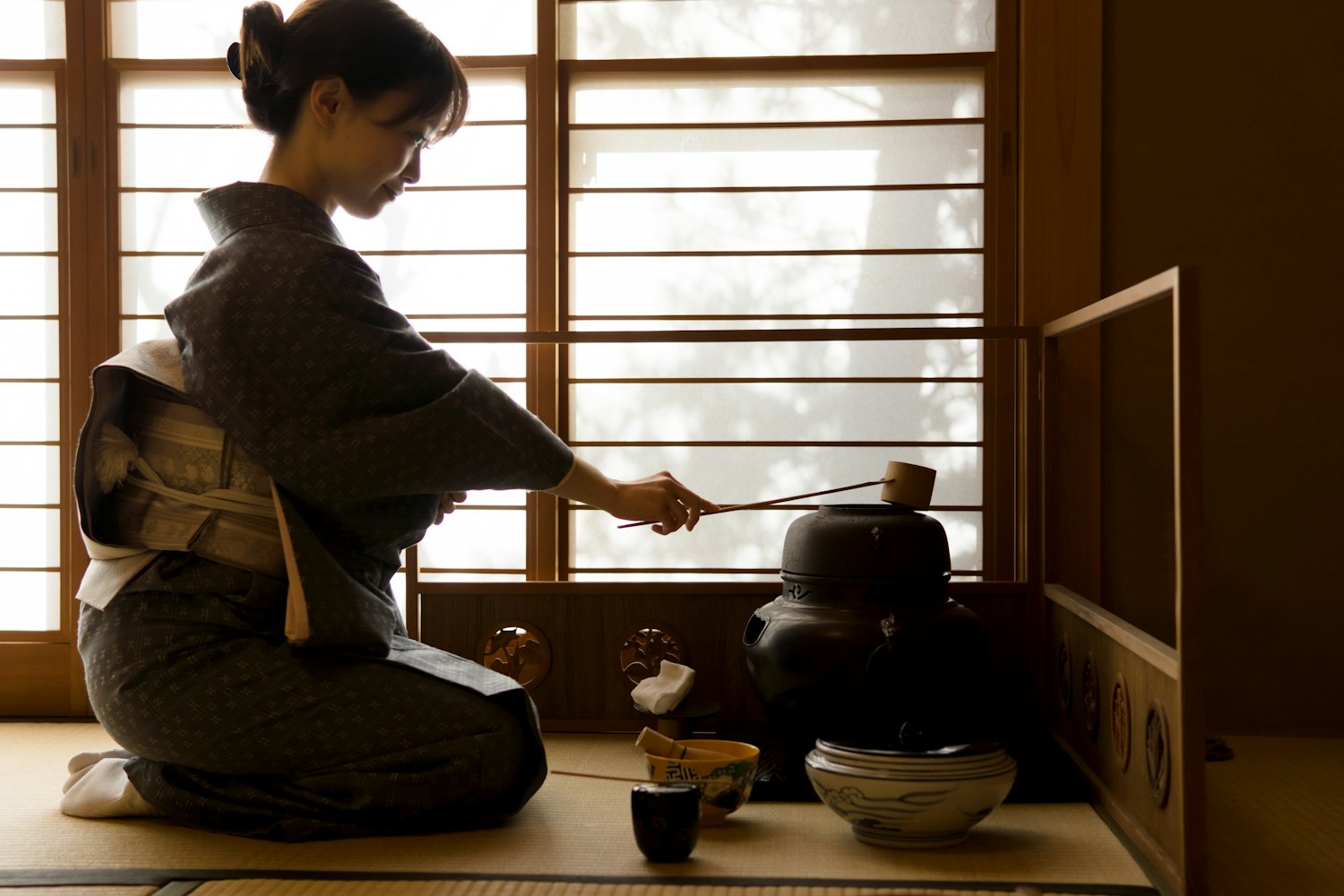
Participating in a traditional Japanese tea ceremony is an enriching experience that offers insight into Japan's deep-rooted culture and history. These ceremonies, also known as chado or sado, involve the ceremonial preparation and presentation of matcha, a powdered green tea. The ritual is a meditative practice emphasizing mindfulness, respect, and harmony.
Winter adds another layer of charm to these ceremonies, as several teahouses in Tokyo offer seasonal tea gatherings called "chaji". These events often feature a charcoal fire and hearty dishes to warm up the participants. Attending a tea ceremony allows you to appreciate the aesthetics of Japanese culture while enjoying the tranquility it brings.
Onsens, or hot spring baths, are a quintessential part of the Japanese winter experience. These natural hot springs are not just about bathing; they are deeply ingrained in Japanese culture and are known for their therapeutic properties. The Hakone region, just outside Tokyo, is a popular onsen destination, offering a variety of hot spring resorts set amidst scenic landscapes.
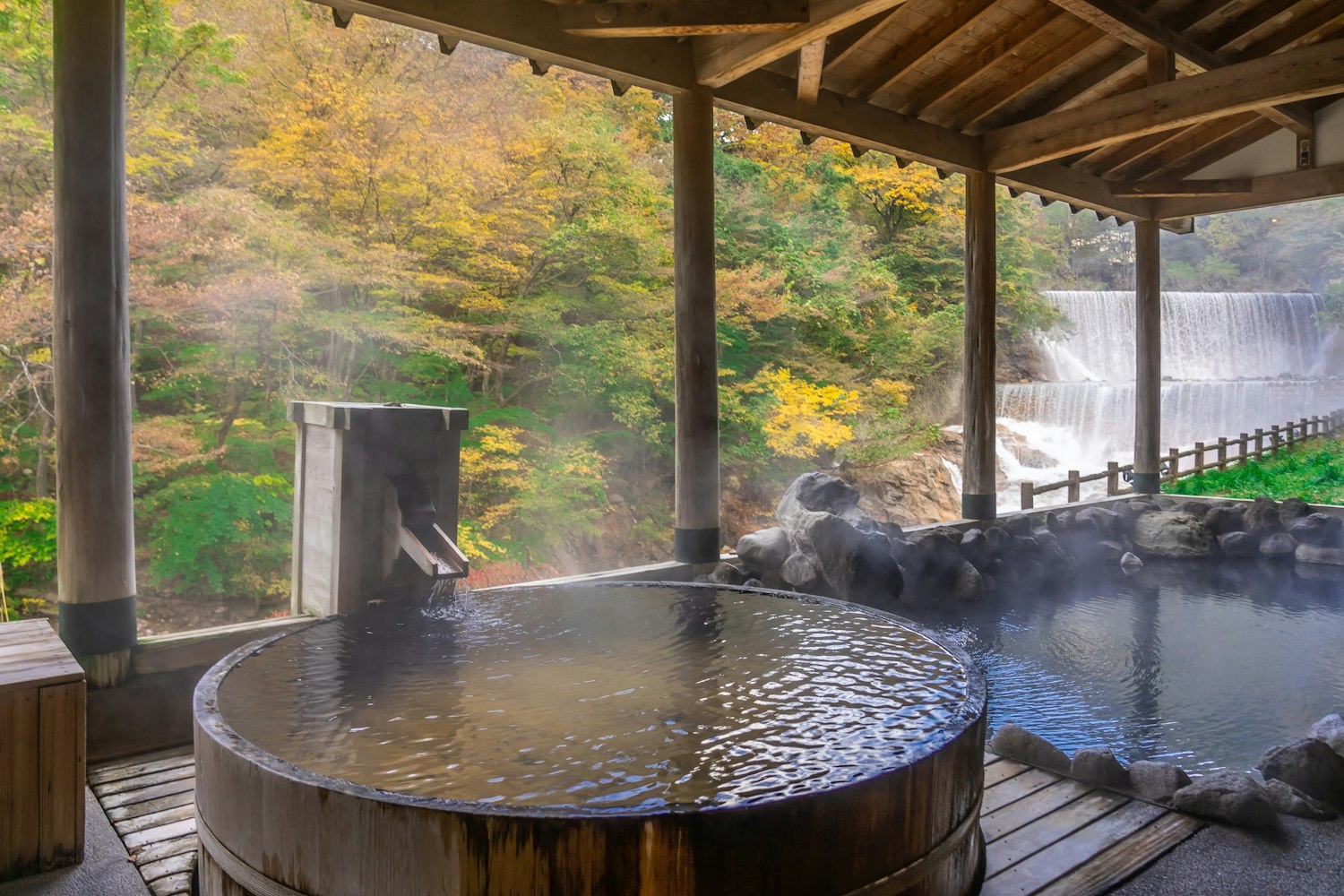
In winter, soaking in an open-air onsen while surrounded by snow can be a magical experience. Many onsens are part of ryokans (traditional inns), allowing you to combine your bath with a stay in a traditional Japanese room and a kaiseki meal (a multi-course dinner). Remember to follow onsen etiquette, such as washing before entering the bath and not putting your towel in the water.
Although the famous wholesale market has moved to Toyosu, the outer market of Tsukiji still offers a fascinating glimpse into Tokyo's culinary scene. Here, you can find a variety of fresh seafood, high-quality knives, kitchenware, and other food-related goods. The narrow alleys are lined with stalls selling everything from giant tuna to fresh wasabi roots.

Come take a walk with us inside this legendary fish market.
Visiting Tsukiji in winter is an exciting experience as it's the season for many seafood delicacies in Japan. After exploring the market, warm up with a bowl of steaming ramen or sushi at one of the many restaurants in the area. Whether you're a foodie or just curious about Japanese cuisine, Tsukiji Fish Market is a must-visit
The Tokyo Christmas Market, held annually at Meiji Jingu Gaien and Hibiya Park, is a must-visit destination for the holiday season. This market offers an authentic European-style Christmas experience right in the heart of Tokyo. Stalls and shops inspired by those in Zeifen village sell everything from handmade holiday ornaments to hot chocolate and beer.
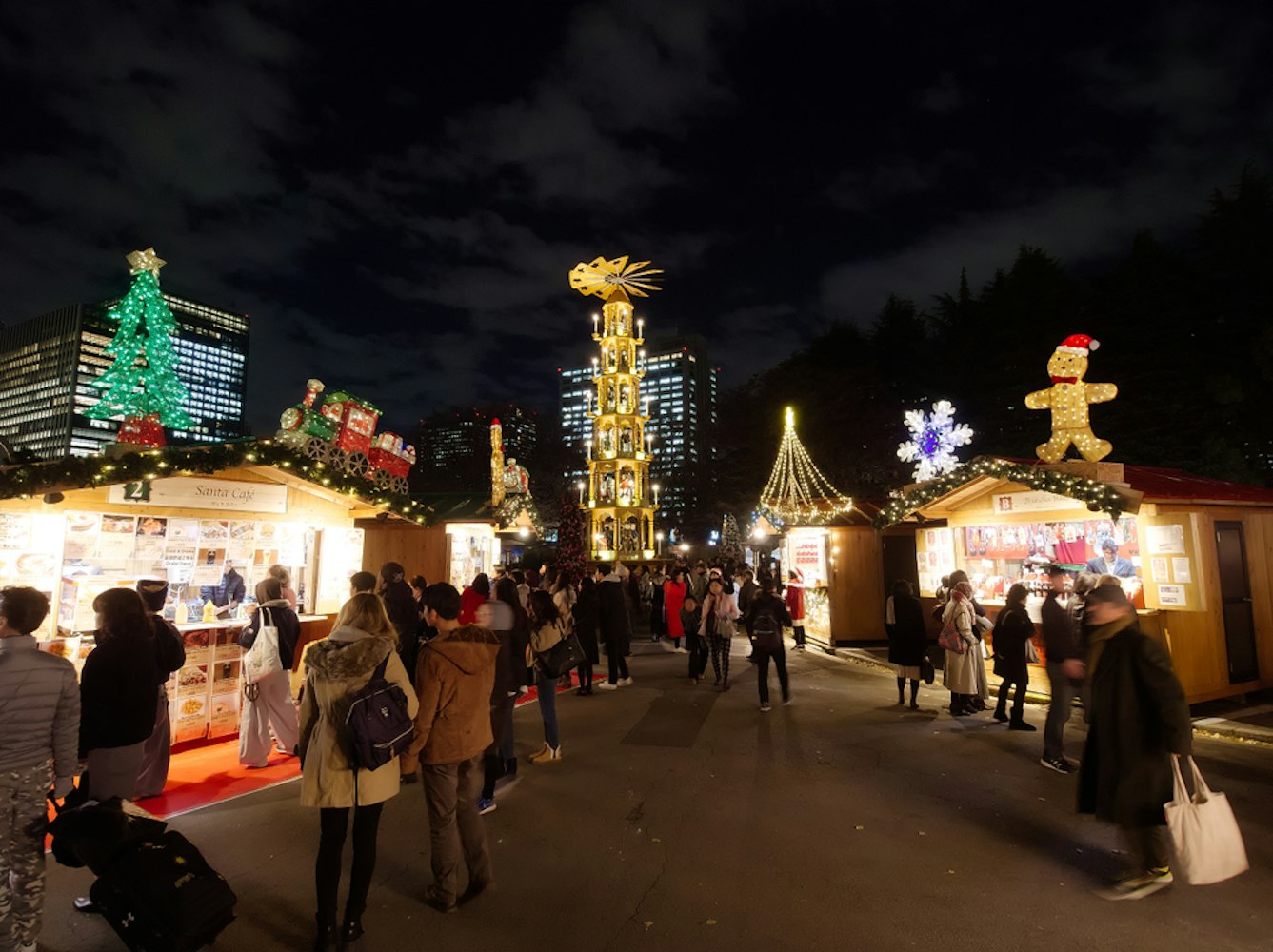
Apart from the main market, there are several other Christmas markets scattered around the city, including the Roppongi Hills Christmas Market and the Yokohama Red Brick Warehouse Christmas Market. These markets feature a variety of festive goods, food stalls, and workshops, making them perfect for gift shopping or simply soaking up the holiday atmosphere.
Winter in Tokyo also provides the perfect opportunity to hit the slopes. Several popular ski resorts are located within easy reach of the city, offering excellent skiing and snowboarding conditions. Whether you're a seasoned skier or a beginner, these resorts cater to all skill levels.
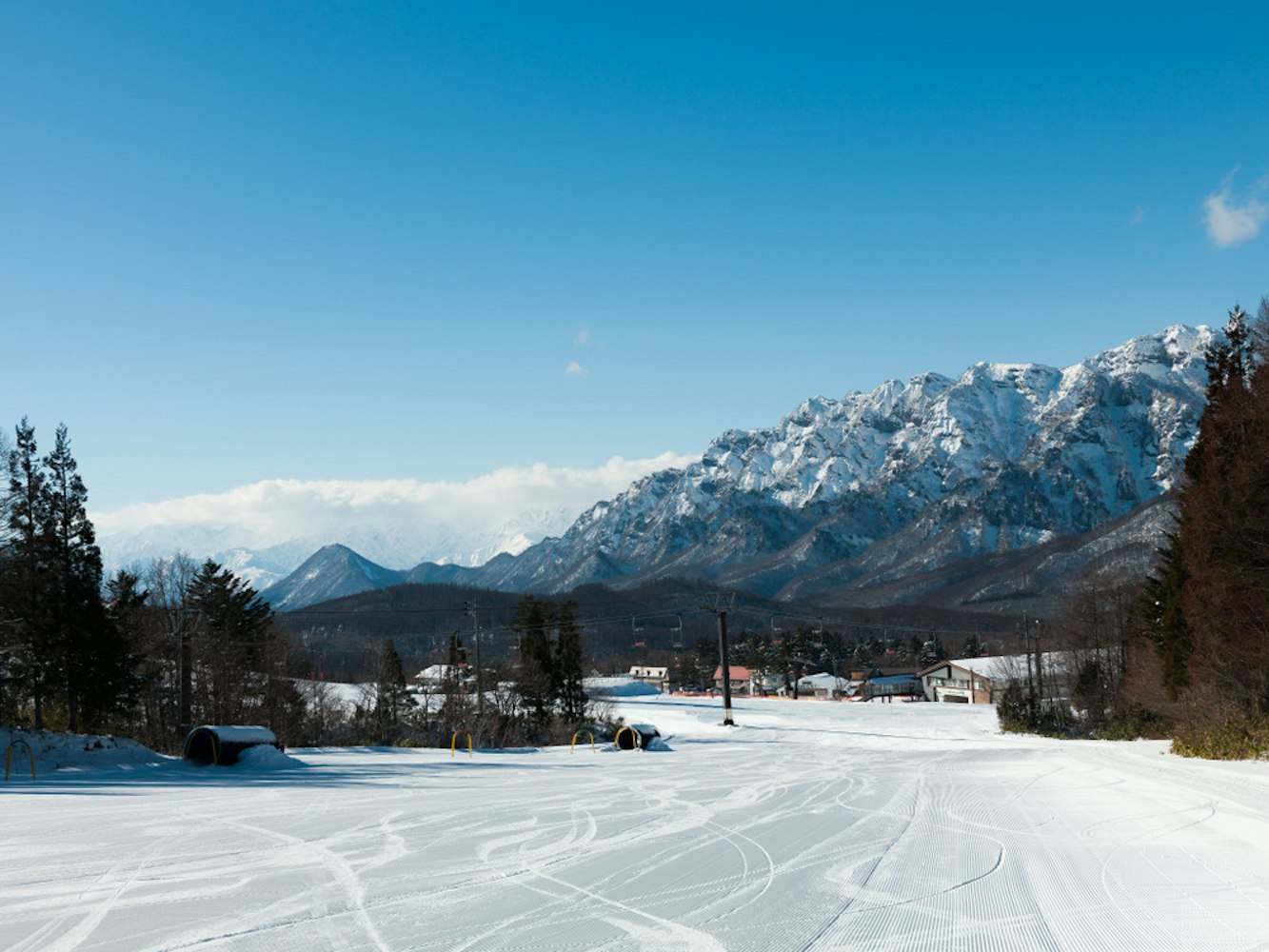
For those who don't own equipment, many resorts offer ski and snowboard rentals. This makes it convenient to try out these winter sports without the need for a significant upfront investment. Remember to check the resort's website in advance for detailed information on availability and prices.
Winter is a time for comfort food, and Tokyo doesn't disappoint. The city offers a wide range of winter delicacies that are sure to please any palate. From warming ramen bowls to fresh seafood from the Tsukiji Fish Market, there's no shortage of culinary delights to explore.
Specifically, winter is the prime season for many seafood delicacies in Japan. After exploring the city or hitting the slopes, warming up with a delicious meal at one of Tokyo's many restaurants is a must. Whether you're a foodie or just curious about Japanese cuisine, savoring Tokyo's winter delicacies is an essential part of the winter experience.
Winter in Tokyo brings a crisp, cold climate, but it's typically sunny with little rain or snow. The air is dry, with the humidity around this time generally staying at a constant 30%. This makes exploring the city a comfortable experience without the hindrance of heavy snowfall or constant drizzle. Despite the drop in temperatures, the winter days in Tokyo are often bright and clear, offering stunning views of the cityscape.
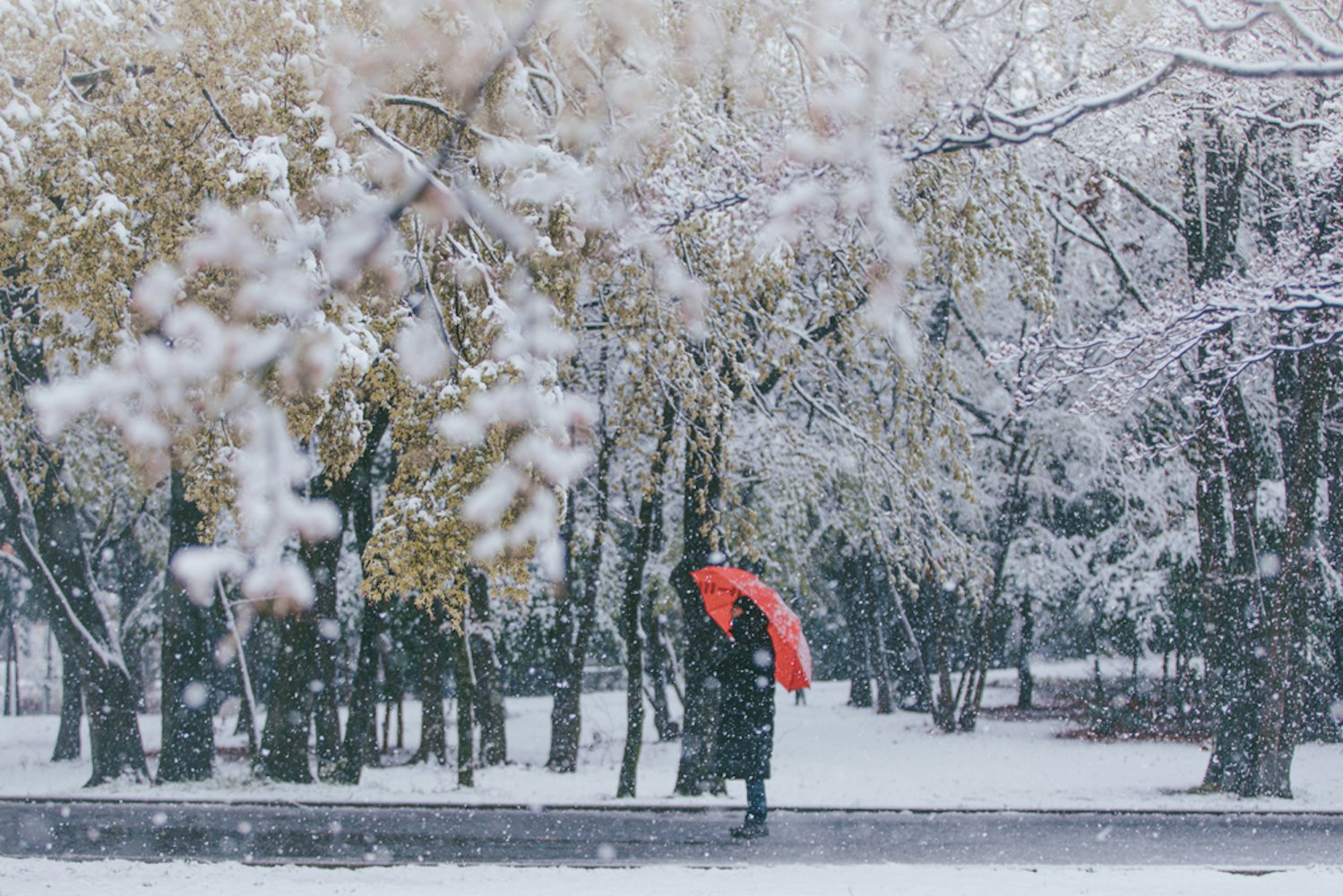
The coldest month in Tokyo is January, with an average temperature of around 5°C (41°F). However, December and February can also be quite chilly, with temperatures ranging between 8-15°C during the day. Instead, Tokyo embraces the winter season with its unique blend of activities and festivals, ensuring that there's never a dull moment in the city during these colder months.
